Golmok Daejang (골목대장)
4.7Km 2021-03-25
1-8, Dangsan-ro, 32-gil, Yeongdeungpo-gu, Seoul
+82-2-2671-7573
It is a place where you can grill various parts of pork. This restaurant's signature menu is grilled pork belly. This Others restaurant is located in Yeongdeungpo-gu, Seoul.
Cartoon Hansik jeonmunjeom (카툰한식전문점)
4.7Km 2021-03-25
175, Yeongsin-ro, Yeongdeungpo-gu, Seoul
+82-2-2635-7773
You can experience Gamjatang (pork backbone stew), one of Korea’s representative stews. The best menu at this restaurant is blood sausage soup. This Korean dishes restaurant is located in Yeongdeungpo-gu, Seoul.
Uriheo Pocha (우리회포차)
4.7Km 2021-03-25
8-2, Gukhoe-daero, 34-gil, Yeongdeungpo-gu, Seoul
+82-2-2672-0890
It is a place where you can enjoy various types of fresh sashimi. This restaurant's signature menu is sliced raw fish. This Korean dishes restaurant is located in Yeongdeungpo-gu, Seoul.
Innisfree - Noryangjin Branch [Tax Refund Shop] (이니스프리 노량진)
4.7Km 2024-04-22
162, Noryangjin-ro, Dongjak-gu, Seoul
-
High - Anguk Branch [Tax Refund Shop] (하이엔드코리아 안국)
4.7Km 2024-04-17
1F, 62-5, Insadong-gil, Jongno-gu, Seoul
-
Seungdong Church (승동교회)
4.7Km 2020-04-02
7-1, Insadong-gil, Jongno-gu, Seoul
+82-2-732-2340
Seungdong Presbyterian Church was designated Tangible Cultural Asset No. 130 by the Seoul Metropolitan Government on April 6, 2001. Originally known as “Gondanggol Church,” the church was established by Samuel Foreman Moore (1860-1906) in 1893. In those days, the church was known as a “baekjeong church” since it primarily drew Korea’s social underdogs such baekjeong (the butchers), the untouchable class of Joseon society.
Following a number of relocations and name changes (called “Gondanggol,” “Jungang,” and finally “Seungdong”) the church was moved to its current location in Insadong. After Moore died in 1906, Charles Allen Clark became the pastor of the church and Mongyang Yuh Woon-hyung, a key figure in the political history of Joseon, became active in the church. The church was attended by many other activists as well. In fact, the large student demonstration that took place during the March 1st Independence Movement in 1919 was organized by a group of young church members. The church once again made its mark on history with the establishment of the Joseon Theological Seminary in 1939.
Seungdong Church (B1-2F) covers a total of 660 square meters. No record has been found on its architect or builder, but the building is said to have been one of the more magnificent buildings in the area before its beauty was obscured by newer structures.
A Flower Blossom on the Rice (꽃,밥에피다)
4.7Km 2023-10-10
3-6 Insadong 16-gil, Jongno-gu, Seoul
A Flower Blossom on the Rice serves beautiful, healthy meals using ingredients grown in accordance with eco-friendly practices. Diners can expect to enjoy dishes made with organic rice grown in Bongha Village, pesticide-free vegetables, wheat, traditional pastes, and undyed meats. Popular menus include the vegetable course, suitable for vegans, the tteok bulgogi made with Korean beef, braised rockfish harvested around Heuksando Island, and the five-colored bojagi bibimbap.
Sarangchae (사랑채)
4.7Km 2016-12-30
6, Insadong 16-gil, Jongno-gu, Seoul
+82-2-737-1155
Sarangchae is located in Insa-dong, one of the most famous neighborhoods visited by tourists. Majority of the restaurant's customers are foreigners, and they offer reasonably priced Korean dishes that are highly popular among foreign visitors.
Kkotbabe Pida (꽃밥에피다)
4.7Km 2021-03-26
3-6, Insadong 16-gil, Jongno-gu, Seoul
+82-2-732-0276
It is a 2021 Michelin Guide restaurant. This restaurant's signature menu is bibimbap. This Korean dishes restaurant is located in Jongno-gu, Seoul.
Yangbandeck (양반댁)
4.7Km 2024-03-18
19-18 Insadong-gil, Jongno-gu, Seoul
+82-2-733-5507, +82-2-730-1112
Yangbandeck is a traditional Korean house in Insa-dong, serving ganjang gejang (soy sauce marinated crab) and bori gulbi (barley-aged dried yellow croaker). Theganjang gejang is made from crabs filled with roe, matured in soy sauce. The taste of barley-aged dried yellow croaker, made from dried yellow croaker matured in sea breeze and served on top of rice, is exceptional. Each meal comes with a hot pot rice, and side dishes such as soybean paste jjigae, pancakes, kimchi, and japchae are served as standard.
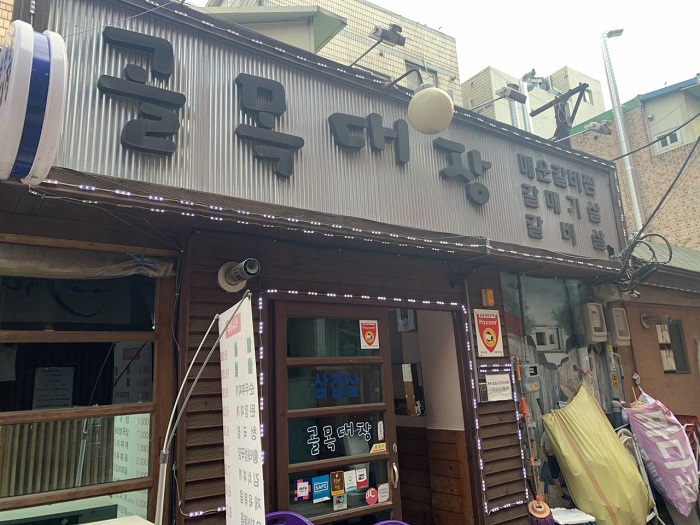

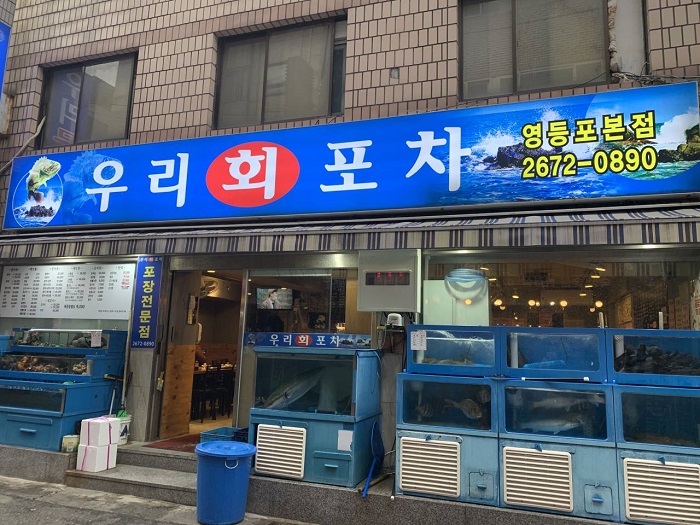
![Innisfree - Noryangjin Branch [Tax Refund Shop] (이니스프리 노량진)](http://tong.visitkorea.or.kr/cms/resource/20/2880020_image2_1.jpg)

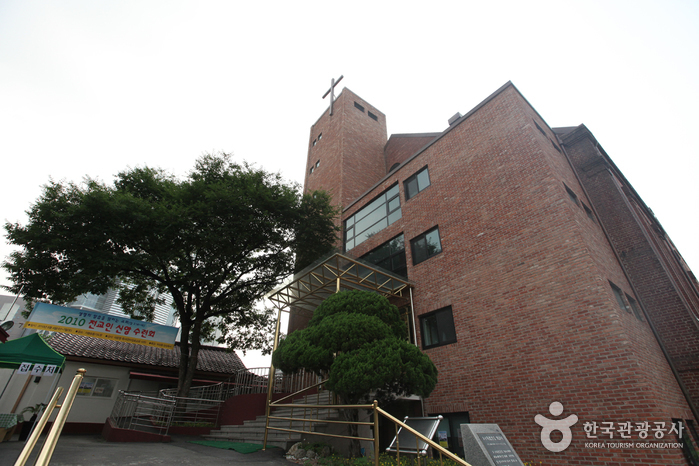
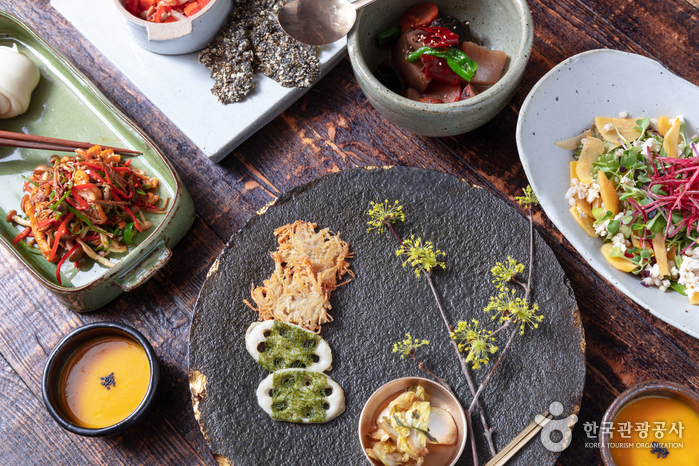
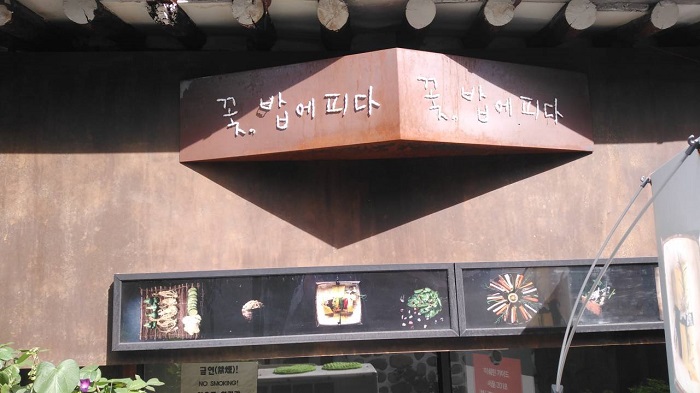
 English
English
 한국어
한국어 日本語
日本語 中文(简体)
中文(简体) Deutsch
Deutsch Français
Français Español
Español Русский
Русский